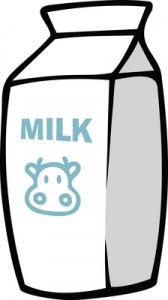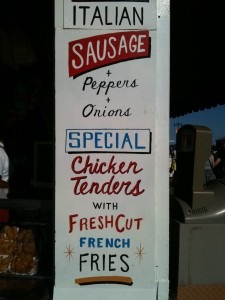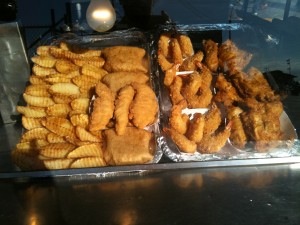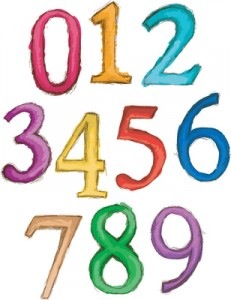 Here’s what they have in common: they’re all made from cow’s milk but with different percentages of butterfat. Cream is the fat that naturally rises to the top of whole milk.
Here’s what they have in common: they’re all made from cow’s milk but with different percentages of butterfat. Cream is the fat that naturally rises to the top of whole milk.
Heavy cream or heavy whipping cream (36-40% butterfat) doubles in volume and holds peaks when it’s whipped. It’s used for filling or decorating pies, pastries, and other desserts.
A lighter form of whipping cream (32% fat) and heavy cream (40% fat) are both good for toppings.
Half and half is light cream (10-18% butterfat) that’s made by separately pasteurizing milk and cream and then homogenizing equal parts together so they don’t separate. The best use for half and half is in beverages like coffee. It doesn’t whip, it’s not great to use alone, and is not a good substitute for cream in recipes.
In case you spot these on menus or in the market: Clotted or Devonshire cream (55-60% fat) doesn’t need to be whipped. Usually imported, the thick, yellowish cream is made by heating unpasteurized milk until the cream sits on top, then cooling the milk and skimming off the cream.
Crème Fraiche (30% fat) is a thick and smooth heavy cream with a nutty, slightly sour taste. Used as topping for fruit or pies, it’s made by culturing pasteurized cream with special bacteria.
The difference between whole milk, 2%, 1%, and skim milk has to do with the amount of fat. Whole milk contains 3.25% butterfat.
How To Buy
Expiration dates are on the carton or bottle found in the refrigerated milk section. Abide by the expiration date and store up to 10 days in the refrigerator. In terms of health, they all have dairy benefits (calcium, protein, vitamin D) but cream and full fat milk should be used sparingly because of high fat content.
Milk And Cream Nutrition
All information is for a one cup (8 ounce) serving. For the creams, calorie counts are also given for a tablespoon measure for anyone who puts more like a tablespoon rather than a cup of cream in their coffee.
- Heavy (also whipping) cream: 821 calories; 88.06g fat; 6.64g carbs; 4.88g protein (1tbsp=51 calories)
- Coffee (table) cream also called light cream: 468 calories; 46.34g fat; 8.78g carbs; 6.48g protein (1 tbsp=29 calories)
- Half & Half: 315 calories; 27.83g fat; 10.41g carbs; 7.16g protein (1tbsp=20 calories)
- Whole milk: 146 calories; 7.93g fat; 11.03g carbs; 7.86g protein (1tbsp=9 calories)
- 2% milk: 122 calories; 4.81g fat; 11.42g carbs; 8.05g fat
- 1% milk: 102 calories; 2.37g fat; 12.18g carbs; 8.22g protein
- Non-fat/skim milk: 85.8 calories; 0.4g fat; 11.9g carbs; 8.4g protein
- Chocolate milk (whole): 208 calories; 8.48g fat; 25.85g carbs; 7.92g protein
- Chocolate milk (lowfat): 158 calories; 2.5g fat; 26.1g carbs; 8.1g protein




